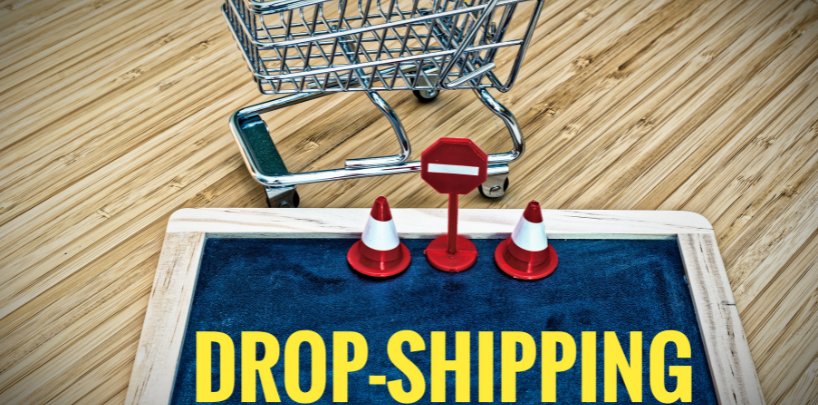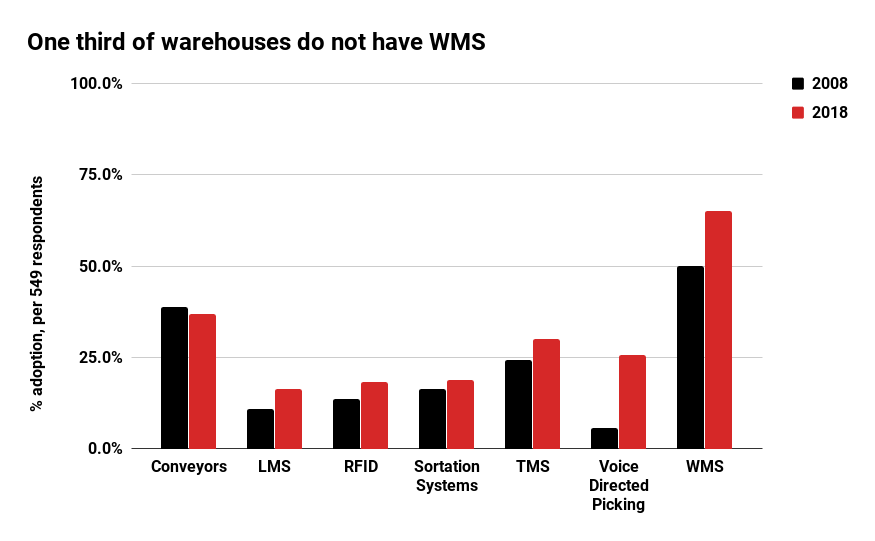Sell on Meesho and Become an Essential Part of the eCommerce Industry!
Who doesn’t want to earn an extra income in this overcrowded and over-expensive human era? A good source of extra income can be a blessing for every eCommerce seller. In this regard, eCommerce platforms like Meesho provide an immense opportunity to generate revenue while being in your comfort zone or from home. Suppose you wish to sell or resell products through social media platforms such as Facebook, Whatsapp, and Instagram and sell on Meesho. This emerging platform allows every common man and woman to start their own online business.
As an eCommerce seller, if you want to earn immensely by reselling your products, then Meesho is the perfect eCommerce joint for you. It is specifically a reseller eCommerce platform that one can use to resale various product categories such as women’s wear, men’s wear, kids’ wear, home appliances, cosmetics, etc.
This platform provides a massive opportunity to local sellers to make their online presence and earn their bread and butter. Compared to other eCommerce marketplaces such as Amazon, Flipkart, and Myntra, it is much easier to start your journey with Meesho. You don’t require a hefty investment, nor do you need to pay a considerable commission while selling products on this platform. This blog will discuss multiple aspects of selling products on Meesho.
What is Meesho & How It is Different From Other Platforms
Meesho has become one of India’s leading reselling eCommerce marketplaces. Two Delhi graduate Iitians, Sanjeev Barnal and Vidit Aatrey established this glorious channel in the year 2015. At present, this eCommerce platform has more than two crore resellers. This platform allows resellers to get associated with various manufacturers from their locations and list their products on this platform to sell. As a Messho seller, you can choose several products from the listed categories and sell them through social media platforms. The best factor about this eCommerce venture is you can start your business from any corner of this country. Investment is relatively low, which is an excellent relief for new sellers. If we talk about how this platform differs from others, well, it allows every local seller and ordinary folks to start their own online business. Except for Amazon, no other platforms allow sellers to resell their products.
Sell on Meesho By Following These Easy Steps
If you want to sell on Meesho and generate immense profits, you must follow some steps effectively. Here we have mentioned some essential selling guides that can help you sell or resell your products on this platform. In order to start selling on Meesho, you must have a GSTIN number and an active bank account.
#Step1 ( Create Your Meesho Seller Account)
To sell on Meesho, you first need to download the Meesho app and register yourself on this Meesho supplier panel. Now you have to enter your GSTIN number, your PAN number, and the details of your active bank account. These are a few pieces of information mandatory to create a seller account on this eCommerce platform. Once you provide this vital information, you must provide your order pick-up address to this platform. In this way, your registration process will be successful, and now you can visit the Meesho supplier dashboard via your email id and password. Apart from that, you may also require eCommerce accounting software such as eVanik OWS to manage your accounts and other backend operations.
#Step2 ( Product Listing on Meesho)
Once the registration process gets done, the next crucial step is listing the catalogs of products you want to sell on this platform. Listing more than three product catalogs can help you with more orders and, eventually, more revenue. Product listing should be accurate with excellent quality images and descriptions. It can help you attract more eyes and sell your products efficiently and effectively. Meesho provides two options to upload your catalogs. You can upload single as well as bulk product catalogs on this platform. Make sure that your listing is up to date and that you are not missing on any factors.
#Step3 ( Start Receiving Orders from Customers)
After listing the products on Meesho, you can start promoting your products through various social media platforms. On the other hand, you can precisely receive the orders from the Meesho app as well. In the process of receiving a dynamic number of orders from customers, it is essential to manage your inventory profoundly and to ease this problem, and you can get along with eVanik OWS and use their significant inventory reconciliation feature. This market is competitive, and to beat your competitors, you may need to take the help of automated software.
#Step4 (Start Delivering Your Orders)
Product delivery is an essential aspect of the Commerce business. Once you are ready to receive customer orders, Meesho sends the email notification to your supplier panel app. You need to accept the order first and then start packing the product with accurate labels on each package. This platform’s minimal shipping charge can be counted as no shipping charges. After the packaging, hand over the order to the courier partner, Meesho has a panel of various third-party logistic partners who take responsibility for picking up the package and delivering it to your customer’s doorstep.
# Step5 (Start Receiving Payments on Delivered Orders)
As a Meesho seller, you can receive the payment on every single order after fifteen days of order delivery. This process is the same for the cash on delivery orders as well. The payment will be credited to your active bank account. If you want payment details, you can check your Meesho supplier panel. Through this panel, you can receive every detail regarding your payment cycles, such as how much your deposited balance is, future payments, and other payments. On every order, Meesho charges a fixed commission from their sellers; it can be less than twenty percent on every order.
Conclusion
Meesho is a flourishing eCommerce platform in India for small businesses. Absolutely anyone can start selling products on this platform with a lower investment. Significantly it has provided extraordinary opportunities for homemakers to earn their living without being dependent on anyone. Sellers, resellers, and small brands can also choose this platform to sell or resell their products effectively and scale up their customer base. Meesho is getting more significant daily, and customers are showing tremendous interest in it.
However, in this platform’s initial year, customers complain about the product’s quality. Still, with time, sellers are more likely to deliver a good quality product to their customers. In a nutshell, we can say that this eCommerce joint is a recommendable business opportunity for every small and typical vendor and retailer.












